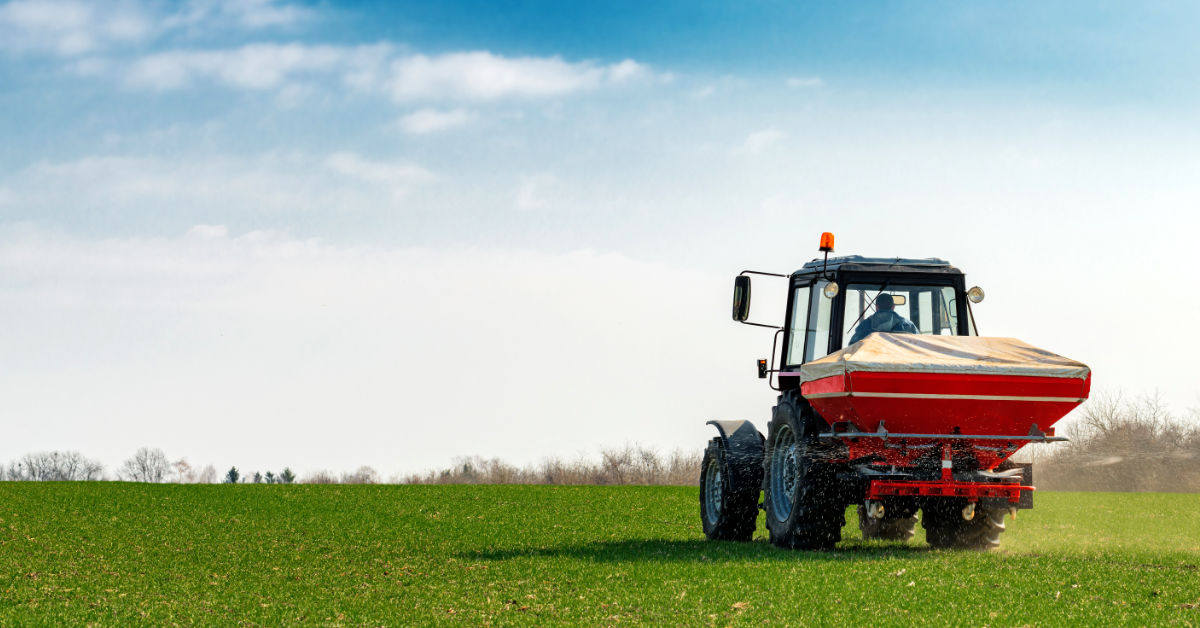The Soil Fertility Lab of the agricultural engineering school of the University of Seville has led an international research group in proposing a model that allows for the identification of agricultural land in need of phosphorus fertilizers.
Why phosphorus?
Phosphorus belongs to the macronutrient class, along with nitrogen and potassium. This element plays a primary role in energy transfers, seed germination, and photosynthetic processes, contributing to the formation of enzymes and proteins. Phosphorus is also one of the component elements of the cell walls of nucleic acids (DNA and RNA). It is the constituent responsible for the strength of the tissues, a characteristic that determines a greater resistance of the plant to the attacks of pathogenic microorganisms.
These reasons highlight the importance of bringing the correct amount of phosphorus to crops. The element is very present in nature but frequently occurs in forms not directly available to plants. In many cases, it is, therefore, necessary to resort to mineral fertilizers (based on phosphoric anhydride or orthophosphate) or organic fertilizers (manure, digestate).
The action plan
Easily identifying crops that lack phosphorus will help ensure the precise application of the resource and reduce costs and waste. As highlighted by the researchers, most of Europe‘s phosphorus needs could be generated from resources such as manure, wastewater, and municipal solid waste.
While the demand for phosphoric fertilizers grows and three countries concentrate more than 65% of world production; Europe, still too dependent on imports, must mobilize to gain a key role in this sector, guaranteeing itself an advantage not only in economic terms but also in terms of food safety.
Europe’s approach must therefore be open to technological innovations, such as that promoted by the University of Seville. And it must adhere to a circular economy approach, evaluating every waste as a potential resource for the agricultural sector.
Sources: portalfruticola.com, cifo.it, agronotizie.imagelinenetwork.com


